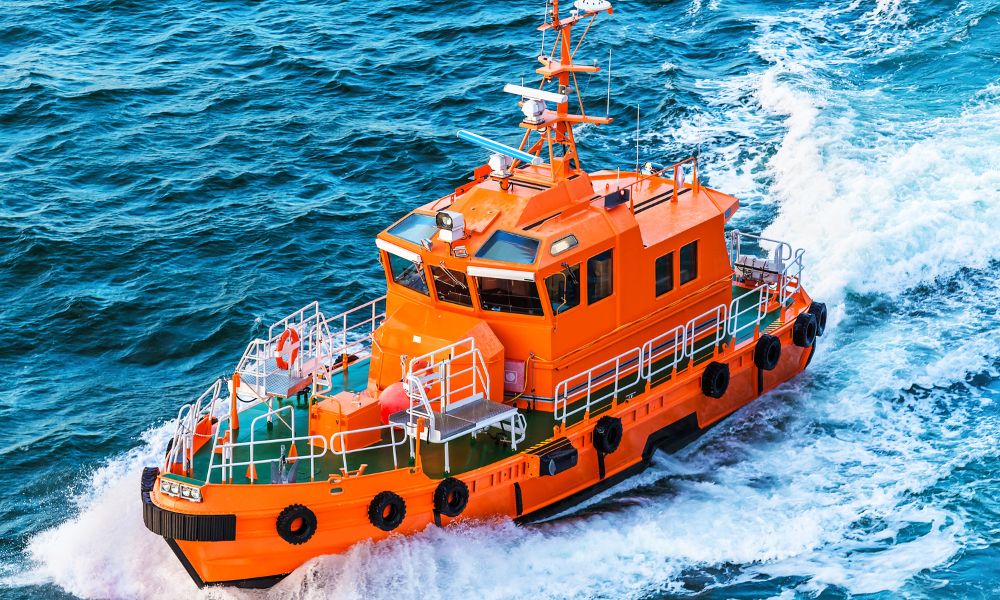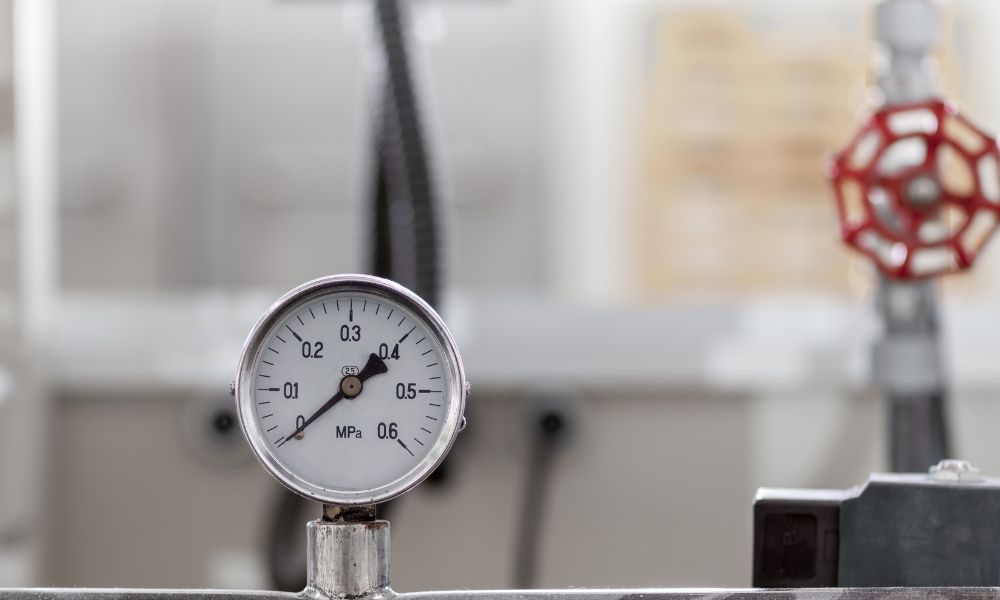
The right equipment is essential for water search and rescue (SAR) missions, but the right boat is the most critical. Understanding the differences between rescue boats and lifeboats is crucial for people frequently embarking on these missions. Explore the differences before heading out with the wrong boat type.
Rescue Boats: Designed for Active Search and Rescue Missions
Search and rescue teams use rescue boats explicitly for water rescue missions. These boat styles can traverse difficult conditions thanks to their size and speed. Coast Guards and volunteer rescue squads are other groups routinely utilizing water rescue boats.
One example of a water rescue boat is a rigid inflatable boat (RIB), a popular choice for rescue operations. It is known for its speed and stability in moderate to high-speed water rescue missions. RIBs are easy to navigate in narrow waterways, such as rivers or along shorelines, making them valuable for flash floods.
Rescue boats have essential tools for every mission, such as ladders, ropes, and medical kits. Besides those essential rescue items, rescue boats have communication devices to connect with safety teams and services.
Lifeboats: Built for Evacuation and Transportation
Rescue teams use lifeboats to safely transport and evacuate trapped passengers aboard ships, oil rigs, or other structures during emergencies. The larger difference is a lifeboat has a fast release. A prime example of a release would be in the film Titanic, where the passengers board small boats to escape the sinking vessel.
Today, lifeboats are large and withstand rough seas and weather. Often, seating, ventilation, and supplies are available for survivors to use while waiting for help—large enclosed lifeboats on commercial ships and cruises can hold many passengers, for example. These lifeboats withstand fire, capsizing, or sinking incidents.
Another way to view the difference between lifeboats and rescue boats is that rescue boats actively perform search and rescue operations. In contrast, lifeboats are essential to evacuation and safety plans.
Making the Right Choice
SAR teams must review various factors before selecting a boat for water rescue missions. Review the needs and restrictions based on mission type, water conditions, and team needs.
A rescue boat like a RIB is better if a mission demands quick responses, flexibility, and endurance in rough conditions. On the other hand, if the team’s goal is evacuating people safely from a damaged or dangerous structure, a lifeboat is the better option. Determine your needs and requirements before selecting water rescue boats. A list of pros and cons, needs, and restrictions helps SAR teams find something that fits their criteria.
Learning the distinct parts of a lifeboat and rescue boat is crucial for water rescue missions. With this knowledge, rescue teams can make more informed decisions about choosing water rescue boats that fit their needs. Elevate your team and prepare accordingly for water rescue missions by picking the right boat.






